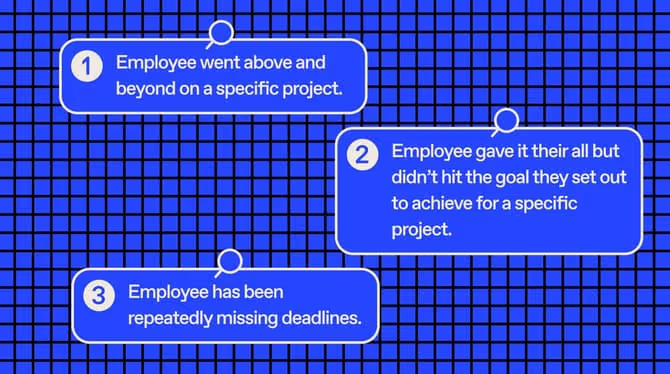Addressing poor performance: A template for a constructive approach
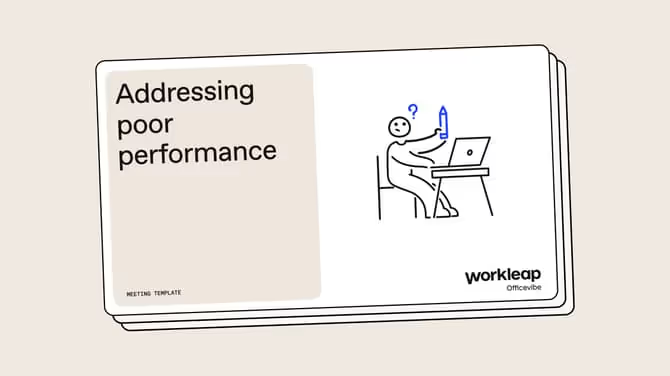
Addressing poor performance template
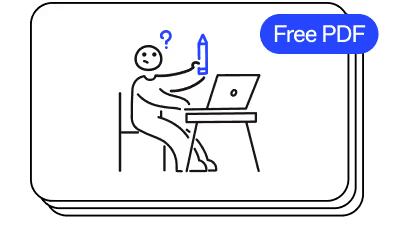
Addressing poor employee performance is a crucial aspect of management and, when handled correctly, can turn potential flops into opportunities for growth. We designed the Poor Performance Discussion Template to guide managers through these delicate conversations constructively and supportively. Use this tool to facilitate discussions that address issues and pave the way for employee recovery and development.
Addressing poor performance template
Recognizing signs of poor performance
Poor performance can manifest in many ways, from missed deadlines and low-quality work to lack of engagement and negative attitudes. Recognizing these signs early is critical as they can significantly impact team dynamics and the achievement of company objectives. Timely intervention is of the essence to prevent further decline and disengagement. Schedule a dedicated meeting to help employees realign with organizational standards and expectations.
Preparing for the discussion
Discussions on performance can be extra sensitive, making adequate preparation even more critical. To make sure that the conversation is both empathetic and productive, follow these steps:
- Gather specific examples of poor performance to discuss particular instances rather than general dissatisfaction.
- Review the employee's job description and performance expectations to clarify discrepancies between expected and actual performance.
- Reflect on external factors that might be affecting the employee's performance, such as personal issues or workplace changes.
Conducting the performance discussion
Creating a supportive environment for the performance discussion helps set the right tone for constructive feedback:
- Choose a private and comfortable setting to ensure employees feel safe expressing themselves without fear of public criticism.
- Approach the conversation empathetically, focusing on understanding the employee's perspective and fostering improvement.
- Utilize the "Poor Performance Discussion Template" to structure the conversation effectively:
- Begin with a check-in to gauge the employee's feelings about their role.
- Clarify expectations versus reality by discussing specific instances of poor performance.
- Explore underlying issues contributing to performance issues and discuss possible solutions.
Sample questions from the template
Each question within the template serves a specific purpose:
- "Do you feel the expectations of your role are realistic?" This question helps understand if the employee feels overwhelmed by their responsibilities.
- "How would you describe your current responsibilities in your own words?" This aims to detect any misalignment in the employee's understanding of their role.
- "Do you feel you have all the conditions you need to succeed?" This identifies any gaps in resources or support that the employee might be experiencing.
Developing a performance improvement plan
A vital outcome of the performance discussion should be the collaborative development of a performance improvement plan, which includes:
- Setting clear, achievable goals agreed upon by the manager and employee.
- Regular check-ins to monitor progress and adjust the plan as needed.
- Continuous support and communication to ensure the employee feels supported throughout their improvement journey.
Addressing poor performance: An HR management essential
Addressing poor performance is about critiquing and fostering an environment where employees can learn and grow. With the right approach and tools, managers can transform these challenging conversations into opportunities for development and recovery.
Download the Poor Performance Discussion Template to effectively manage performance issues in your next one-on-one meeting with ease and take the next steps to support your team members' professional growth.
And for more management tools to help you confidently lead, check out the full suite of templates in the HR Toolbox.
Efficient, effective, empowering
Managing a team requires clarity, foresight, and organization. The HR Toolbox simplifies these challenges, providing structured templates to guide your most critical interactions. Each template includes:
- Best Practices: Clear guidelines to enhance your managerial approach.
- Talking Points and Sample Questions: Ready-to-use prompts to ensure productive discussions.
- Tailored Plans and Agendas: Get everything you need for the task, from checklists to suggested schedules.
{emphasize}What's included in the HR Toolbox:
- One-on-One Meeting Agenda Template: Establish a consistent routine with comprehensive agendas and essential talking points for effective one-on-one meetings.
- Stay Interview Template: Discover what motivates your team members to stay committed and engaged, helping you retain top talent.
- Career Development Plan Template: Assist your team members in crafting their career trajectories with a guided framework for discussion and goal setting.
- Clarify Roles and Responsibilities Template: Clarify expectations and roles, bridging gaps and boosting productivity and accountability within your team.
- Addressing Poor Performance Template: Navigate conversations about performance issues with tact and constructiveness, fostering improvement and success.{emphasize}
LEAD WITH CONFIDENCE
Streamline processes with our HR templates


%20(1).avif)


.avif)
.avif)
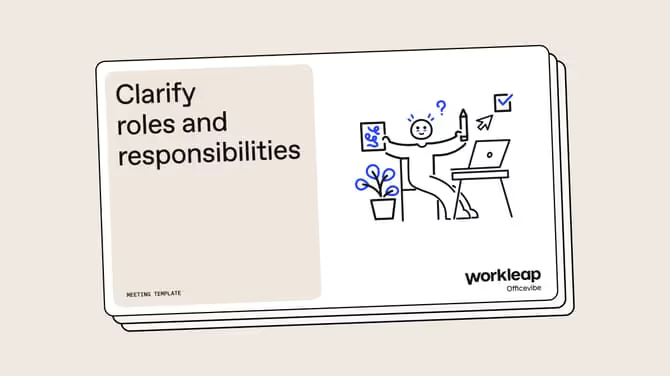
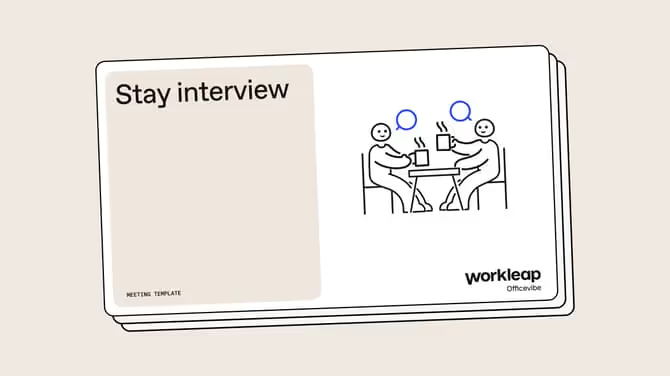

.png)

